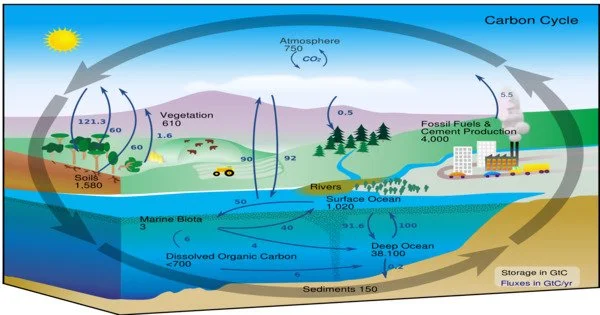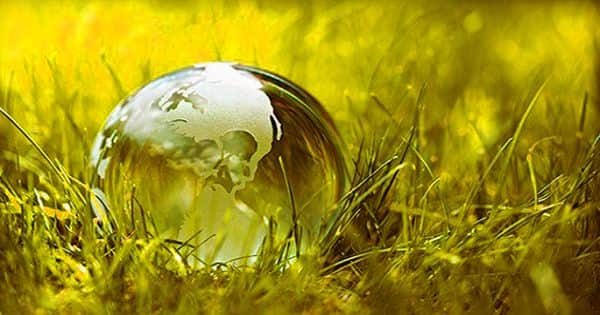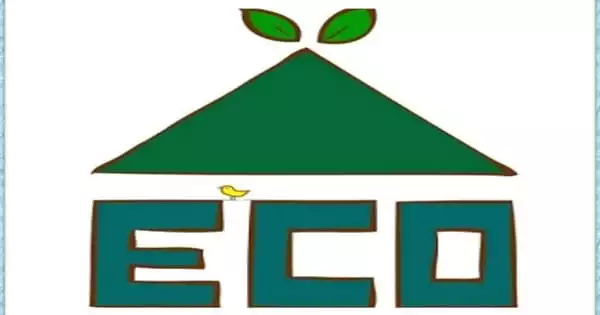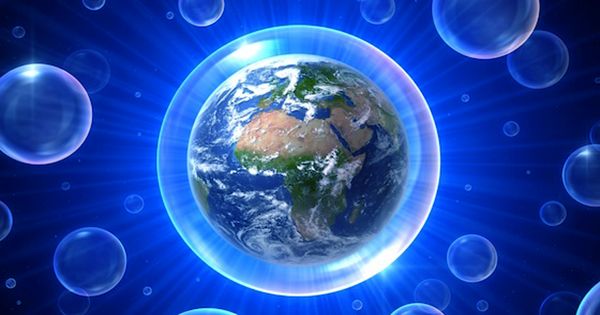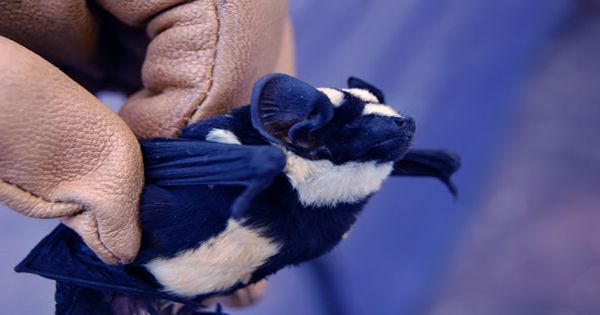The carbon cycle is a natural process that governs the movement of carbon across the atmosphere, oceans, soil, rocks, and living creatures. It is the component of the biogeochemical cycle in which carbon is exchanged between the biosphere, pedosphere, geosphere, hydrosphere, and atmosphere on Earth. Other important biogeochemical cycles include the nitrogen cycle and the water cycle. It is essential for preserving the Earth’s climate and supporting life.
Photosynthesis, respiration, decomposition, and the transfer of carbon through the atmosphere, seas, and crust are all part of the carbon cycle. Carbon is the primary component of biological substances and numerous minerals, including limestone. The carbon cycle is a series of events that are critical to Earth’s ability to support life. It details how carbon moves through the biosphere as it is recycled and reused, as well as long-term processes of carbon sequestration (storage) to and release from carbon sinks.
To describe the dynamics of the carbon cycle, we can distinguish between the fast and slow carbon cycles. The rapid carbon cycle is also known as the biological carbon cycle. Fast carbon cycles can complete in years, transporting molecules from the atmosphere to the biosphere and back. Slow or geological cycles (also known as deep carbon cycles) can take millions of years to complete, transporting chemicals through the Earth’s crust, including rocks, soil, ocean, and atmosphere.
Here are the key components and processes of the carbon cycle:
- Photosynthesis: Plants, algae, and certain bacteria use sunlight to convert carbon dioxide (CO2) from the atmosphere into organic compounds, such as glucose. This process releases oxygen as a byproduct.
- Respiration: Living organisms, including plants, animals, and microorganisms, engage in respiration, breaking down organic compounds to release energy. During respiration, carbon is returned to the atmosphere as carbon dioxide.
- Decomposition: When plants and animals die, their organic matter undergoes decomposition by bacteria, fungi, and other decomposers. This process releases carbon back into the soil or water and, eventually, into the atmosphere as carbon dioxide.
- Combustion: The burning of fossil fuels (coal, oil, and natural gas) releases carbon stored in these fuels into the atmosphere as carbon dioxide. Human activities, such as industrial processes and the burning of forests, contribute significantly to this release.
- Ocean Uptake: The world’s oceans serve as a vast carbon reservoir. They absorb CO2 from the atmosphere via physical and biological mechanisms. This absorption helps to minimize the effects of rising carbon dioxide levels in the atmosphere, but it can also contribute to ocean acidification.
The carbon cycle works on both short and long timescales. While photosynthesis and respiration occur relatively quickly, geological processes such as sedimentary rock creation can take millions of years. Human activities, particularly the use of fossil fuels, have disrupted the natural equilibrium of the carbon cycle by emitting massive volumes of CO2 into the atmosphere, contributing to climate change. Understanding and controlling the carbon cycle is critical for keeping the climate stable and ecosystems intact.
